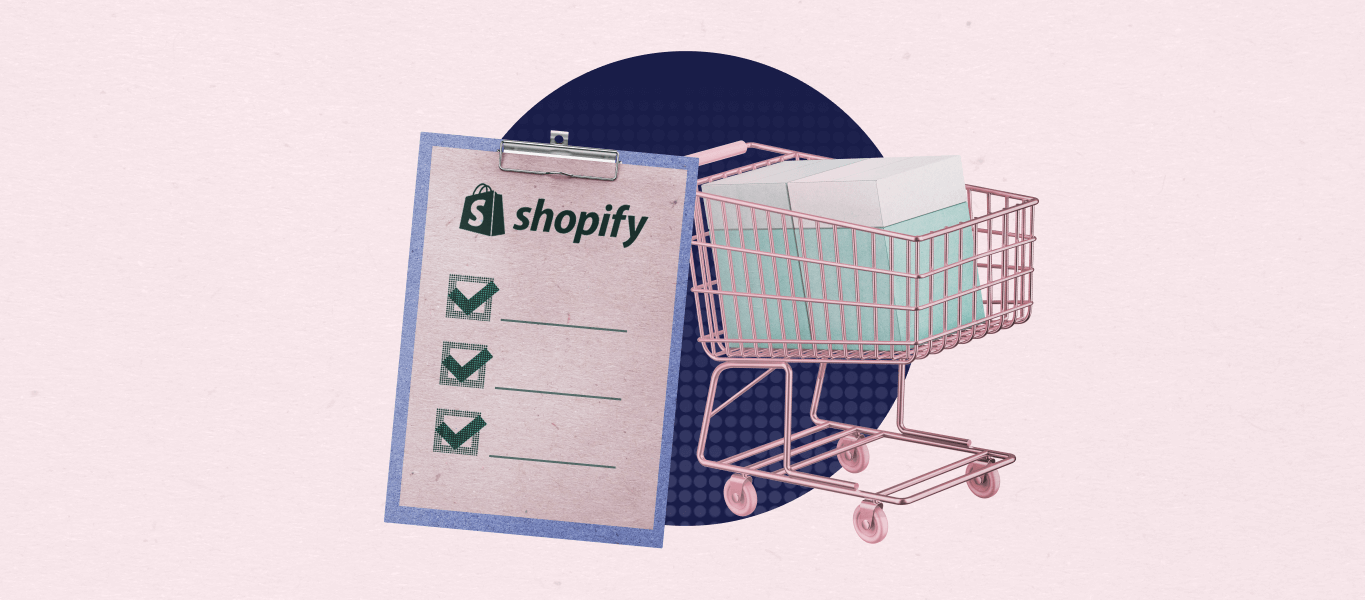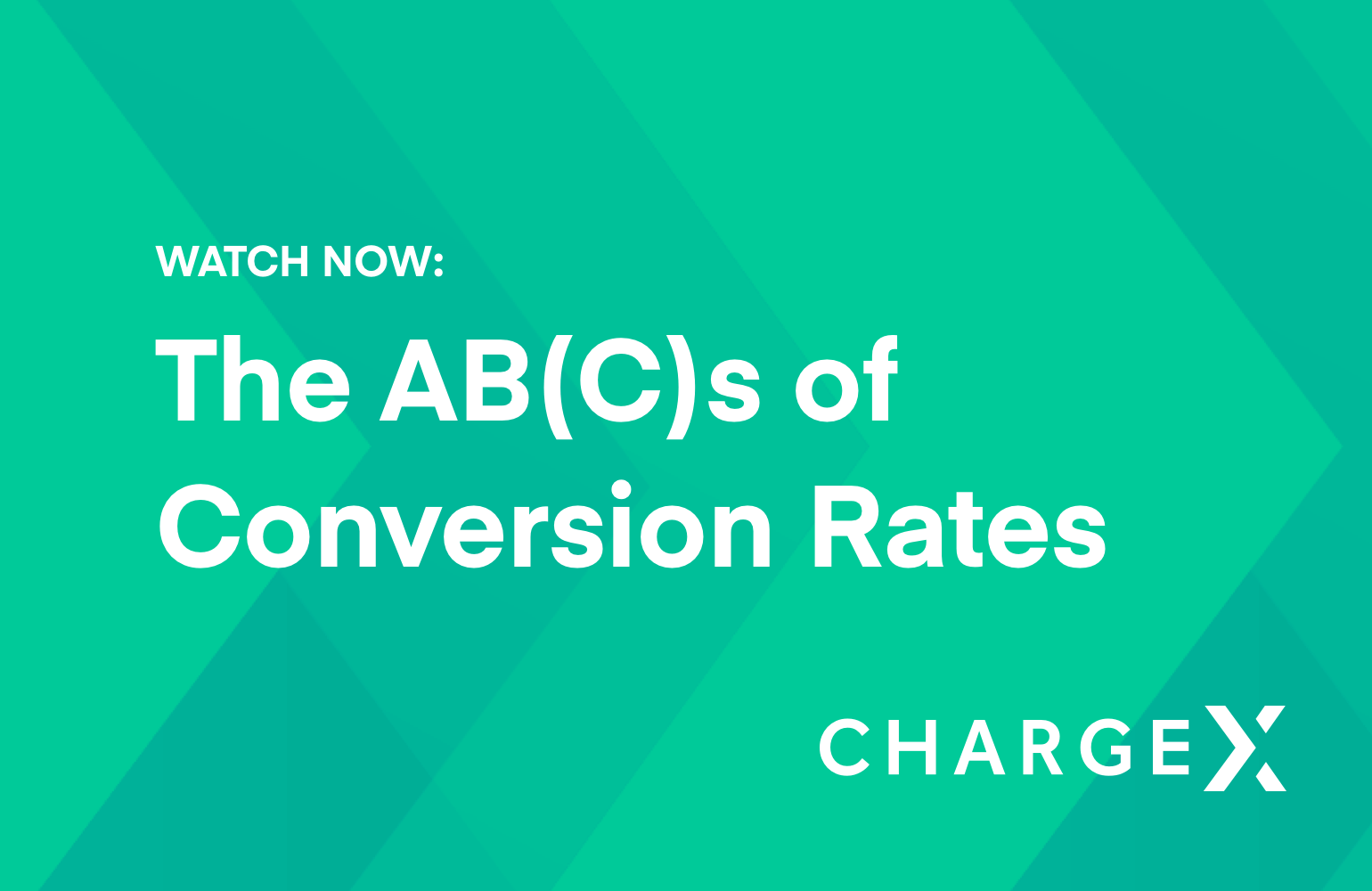Checkout conversion rate
Get started with RechargeWhat is checkout conversion rate?
Checkout conversion rate is an ecommerce metric that refers to the percentage of shoppers who begin the checkout process, then complete it, over a given period of time. This differs from checkout abandonment rate and shopping cart abandonment rate, which each calculate the percentage of customers who do not complete a purchase. By monitoring their checkout page conversion rates over time, an online store can monitor for patterns and inconsistencies. In this way, they can gain a deeper understanding about what aspects of the checkout process are resonating with their customers and which might be worth optimizing.
Strategies for increasing checkout conversions
In order to improve checkout conversion rates, it’s important to understand checkout abandonment rates, as well. Understanding why customers abandon the checkout process can help merchants understand the most effective parts of their checkout process. In general, it’s important to focus on simplifying and streamlining the checkout process. For example, having a single-page checkout process may increase conversions for certain types of purchases, particularly if a brand’s average order value (AOV) is low. Offering free shipping can also be a helpful strategy for those who sell physical products; if this is not possible, it’s important to clearly communicate shipping costs. Finally, it’s also important to make the checkout stage of the shopping experience as flexible as possible—for example, accepting a variety of different payment options.
Relevant articles

Integrating Recharge and Shopify Checkout
Leya Leydiker August 20, 2021 Aug 20, 2021

ChargeX: The AB(C)s of conversion rates
Lacey Grubb October 30, 2019 Oct 30, 2019

